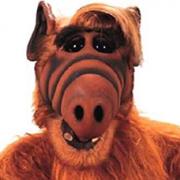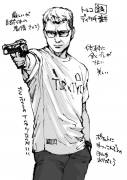Context matters a lot. There are circumstances where what he stated works well for nearly everyone. And getting back to what Jay is trying to do, we need a baseline before we can get any deeper and even getting to the baseline seems like it might turn into a clusterfuck.





 Reply With Quote
Reply With Quote




